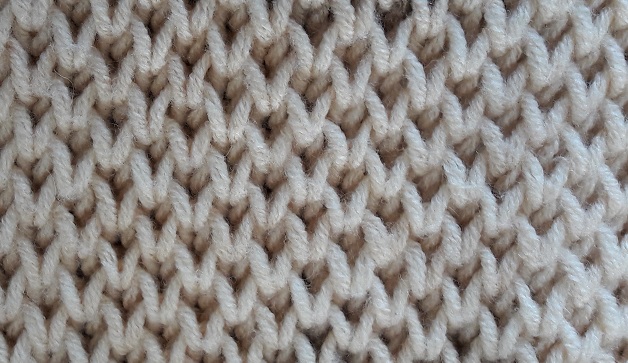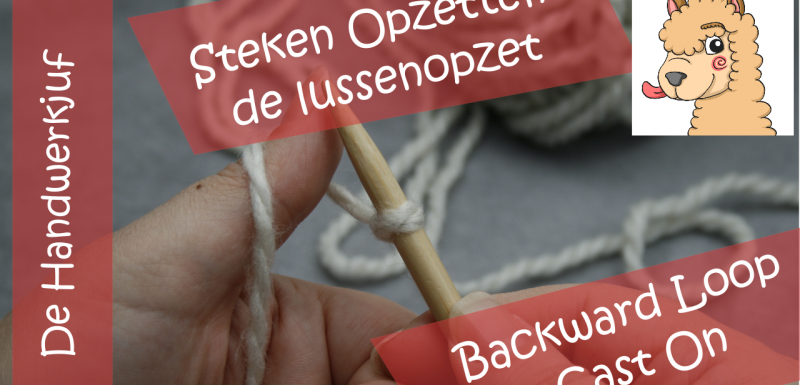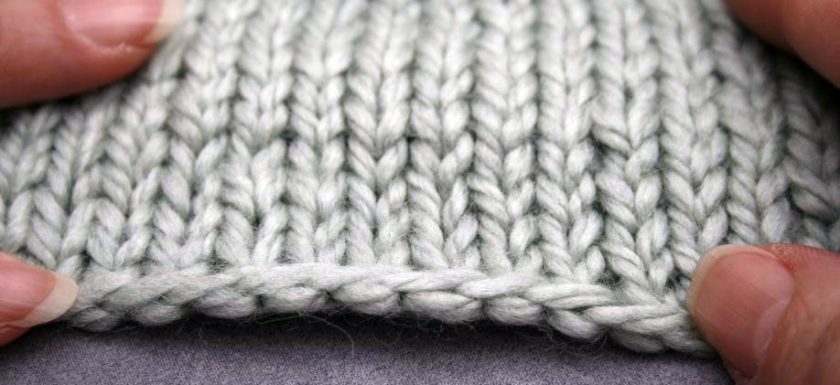Honeycomb or Hexagon stitch: the wrap version
Introduction This stitch is kind of a brioche stitch and goes by different names. The Honeycomb stitch is the commonly used name. It’s a stitch that results in 2 layers. This gives depth and warmth, but also gives it gives it a drapiness that makes it very comfortable to wear. The back side of the stitch looks a lot like a garter stitch. There are actually 2 ways to create this stitch. One way is using wraps, the other way is inserting your needle in a row lower than the usual row, the so called knit one below stitch. The wrap version has my preference,Read More →



